Hario V60 vs Chemex: Which manual coffeemaker is right for you?
Battle of the manual coffeemakers... which will be crowned the winner?
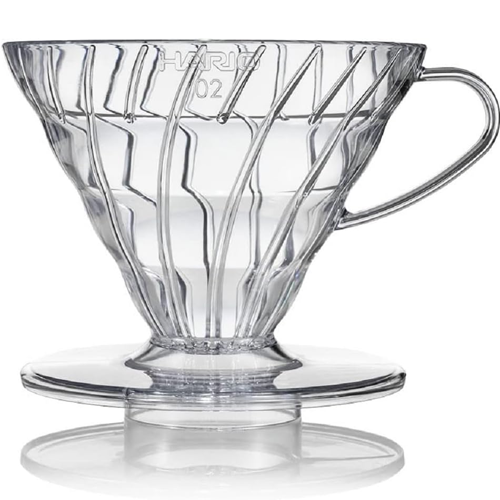
If you’re just branching out into the world of specialty coffee or you simply feel like spending as little money as possible (me too!), the V60 is a great option. It’s beyond easy to use and you’ll be mastering its simplicity in no time. I adore how you can make an entire coffee (cleanup included) in under 2 minutes with this handy little product. While I appreciate the brighter flavor of an AeroPress a little more, for just $10, you can’t go wrong with a V60.
For
- Budget-friendly
- Foolproof use
- Compostable filters
- Compact and easy to clean
Against
- Not the most sophisticated flavor
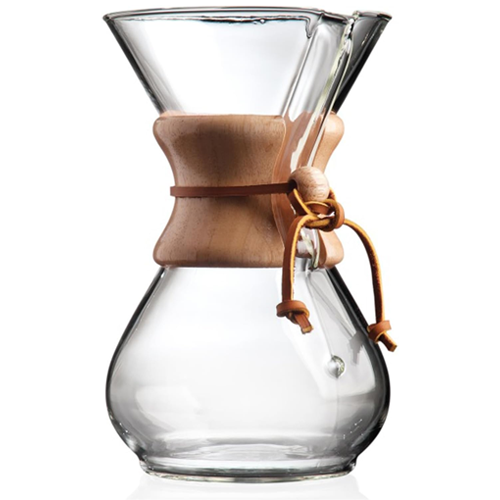
If you’re just getting started with either pour-over or luxury coffee makers, I recommend the Chemex Pour-Over Glass Coffeemaker wholeheartedly. It’s easy to use, easy to clean, and easy to enjoy. You do have to buy pretty expensive filters to get the best out of it, but if you’re serious about making the most of your pour-over, it’s a worthwhile investment. For the coffee lovers out there — yes, the Chemex is worth the hype.
For
- Beautiful glass construction
- Premium wood collar and rawhide accessories
- Super easy to use
- Easy to maintain
- Delicious coffee every time
Against
- Pricey (for a pour-over)
There’s so much smoke and mirrors surrounding the world of specialty coffee, it can be difficult to wipe the fog off the glass. Don’t fret, though — I’m here to help you. I spend enough time researching, brewing, and drinking coffee to worry even Ronald McDonald’s cardiologist. So, you’d hope I know what makes one of the best coffee makers.
Number one is taste, obviously. But that’s not the be-all, end-all of coffee brewing. You also have to consider ease of use, storage, the cleaning process, and price. If your priority is ease of use, you’re in the right place. The V60 and Chemex are two of the easiest coffeemakers to master, and versatile enough that you can experiment to find your ideal brew. Are the V60 filters as good as Chemex? Does the V60 use the same grind as Chemex? Is Chemex as easy to use as V60?
If you’re stuck between the V60 or the Chemex, you’re in the right place. I’ll put the two iconic manual coffeemakers through their paces and crown the winner. Will the Hario V60 or the Chemex come out on top?
Hario V60 vs Chemex: Specs compared
| Specs | Hario V60 | Chemex |
| Price | $9 / £8 | $49 ($43 at Amazon) / £53 |
| Weight | 6.4 ounces | 1.3 pounds (6-cup classic) |
| Dimensions | 4.3 x 4.8 x 4.9 inches | 8.5 x 5.1 inches (6-cup classic) |
| Capacity | 01: 1 cup / 02, 03: 1-4 cups | Various: 3-cup, 6-cup, 8-cup, 10-cup |
| Materials | Plastic | Borosilicate glass, wood, rawhide (real leather) |
| Color | Various | Clear glass, wood (various), rawhide (various) |
| Dishwasher safe | Yes | Yes (remove wood collar) |
| Accessories | Scoop | None included |
| Filters | Hario unbleached cones | Chemex Bonded Unbleached filters, pre-folded |
Hario V60 vs Chemex: Price & availability
While Hario has a range of styles, the V60 is, arguably, the Japanese brand’s most iconic product. The V60 02 in plastic, which is the specimen I used for my V60 review, is just $10 at Amazon U.S. and £8 at Amazon UK. Other options from Hario include a ceramic V60 (in colors ranging from turquoise to terracotta), copper V60 ($69), olive wood V60 ($48), and more. Hario will almost certainly have a V60 to suit your personal style.
Chemex’s range tells a similar story. The Pour-Over Glass Coffeemaker, which I used for my Chemex Coffeemaker review, is the cheapest, $47 at Amazon (MSRP $49). The Handblown Thirteen Cup Coffeemaker, $153 at Amazon (MSRP $161), is the top of the range.
Whether you want to splurge on the handblown Chemex or the copper V60 is up to you — but I think the basic models work just as well. Seeing as the cheapest option is just $10, the V60 is the clear winner here.
Hario V60 vs Chemex: Design
I can’t deny it: the Chemex is known for its beauty. It’s like one of those famous supermodels from years before you were born that are still as famous now as they were in the ‘60s. The iconic hourglass design is gorgeous, and the goose-neck pouring spout is so easy to use. It’s almost impossible to spill when you pour from the Chemex — you’d seriously have to try to make a mess. On top of its practicality, the wood collar and rawhide tie just add that gorgeous finishing touch. The Chemex is timeless. It will never go out of style, and that’s what makes it so stylish.

On the other hand, the V60 has such a range of styles that you’re sure to find one that suits your vibe. As I mentioned earlier, I reviewed the most basic one, the resin plastic clear cone. But I can’t lie, I’m mesmerized by the ceramic offerings: I love the terracotta shade just as much as I love the lilac and lemon colors. No matter the style of your kitchen, you’ll be able to find a V60 that looks right at home. The V60 comes with a plastic scoop, whereas the Chemex comes with nothing.
Although it’s a close call, I’m going to say Chemex is the winner here, purely because of how iconic it’s become. I do wish it came with a scoop, though.
Hario V60 vs Chemex: Performance & ease of use
Let’s discuss the Chemex first. Chemex’s filters are supposed to be 20-30% thicker than unbranded versions. These bonded filters are unbleached and pretty pricey: a box of 100 is $11 from Chemex U.S.. This works out at 11 cents per filter, more expensive than Hario’s 9.5 cents per filter (if you get a box of 100 from Hario U.S.).


While the Chemex filters are more expensive than other brands’, this is for a reason. The Chemex filters are supremely thick and produce a gorgeously aromatic coffee flavor. Chemex also claims you can use its filters on any brand of coffee maker and you’ll get the classic Chemex flavor, so if you’re unsure on the $50 plunge on a Chemex coffeemaker, you can trial with the filters.
Using the Chemex is super easy: simply insert the filter into the top of the hourglass coffeemaker (ensuring the thrice-folded side of the filter is over the spout) and scoop in as much medium-coarse ground coffee as you want. I found the best ratio is 12g (0.4 ounces) of coffee with 10 ounces of water. After a couple of minutes, you’ll have a beautifully light, aromatic, and almost floral-tasting coffee.

Prep
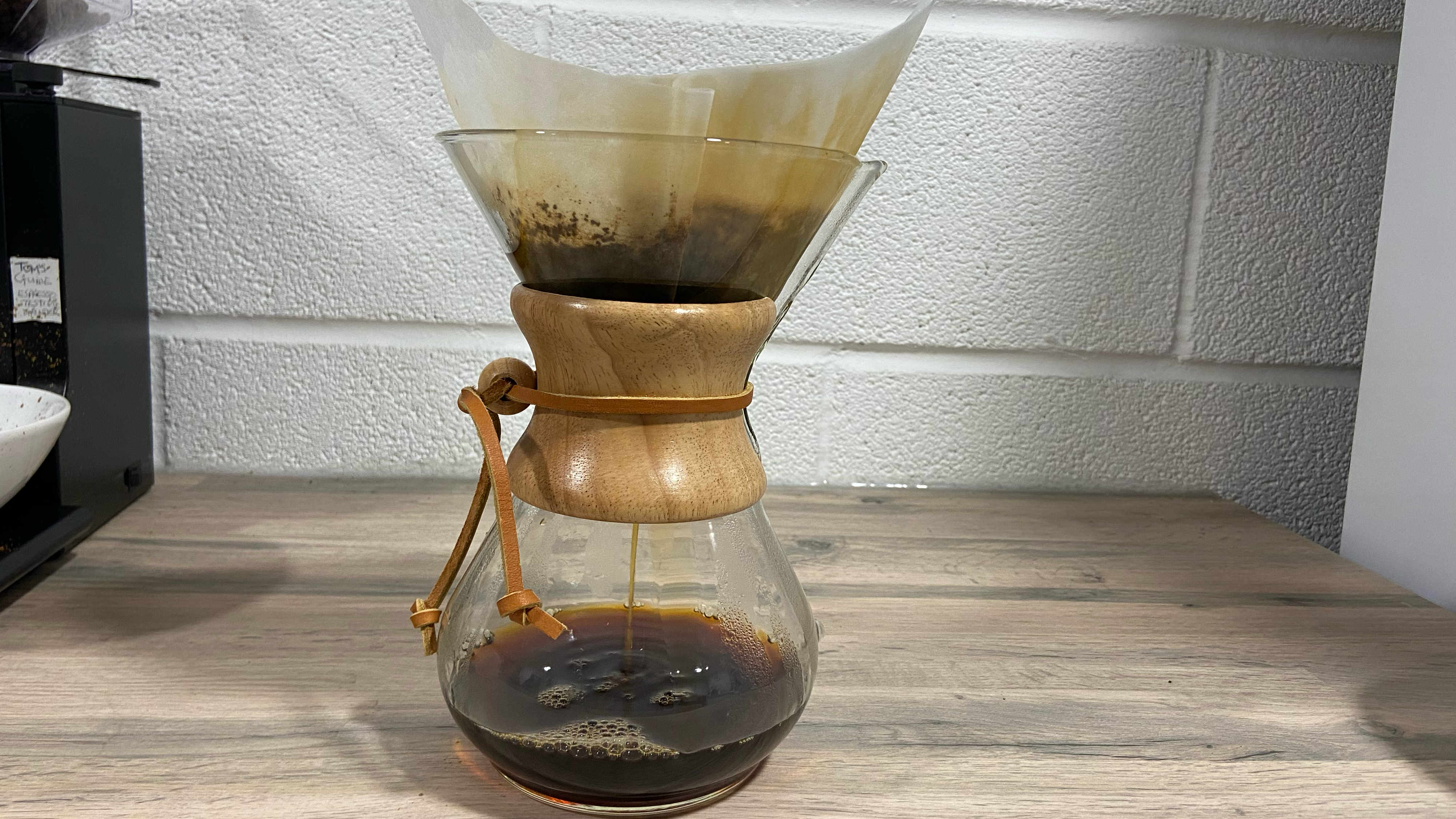
Brewing

Completion
As you can see, mastering the Chemex is so easy. And the filters are compostable so you can just put the whole filter (with grounds) into your compost. The V60, though, is just as simple.
The size I used for this review was the 02, but you can also get 01 and 03. I used the 02 to make one cup of coffee. To use the V60, you place the dripper on top of a sturdy mug and scoop in 12g (4 ounces) of medium-fine ground coffee. Then, you slowly pour in 10 ounces of water (just like the Chemex measurements). Like the Chemex, the V60’s filters are compostable, so you can just discard straight into your compost bin. Obviously you can experiment with ratios to find your ideal strange, but 12g:10 ounces was the ideal sweet spot for me.

Prep

Brewing
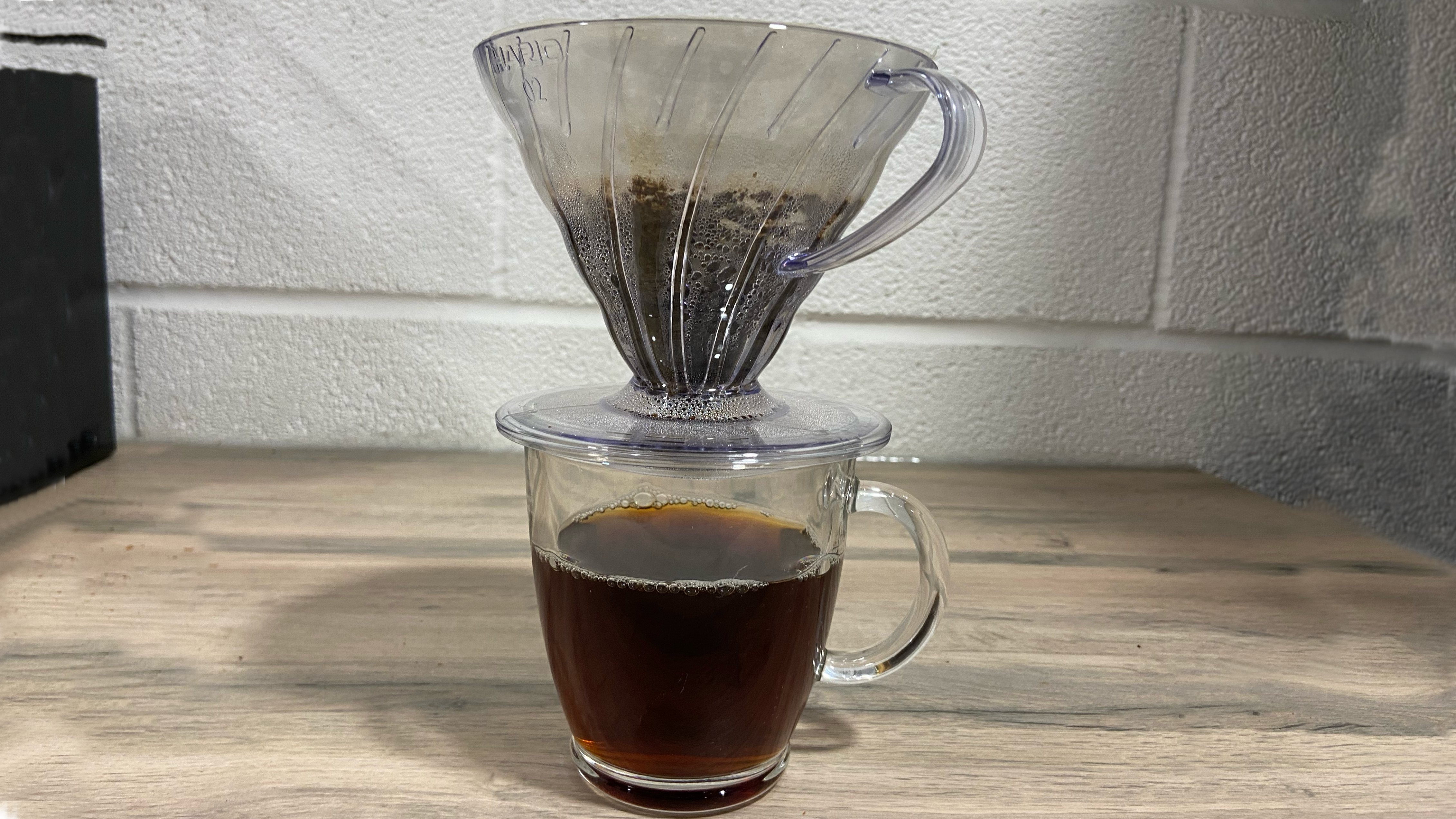
Completion
Now, obviously flavor is subjective. I personally love Kenyan and Ethiopian beans with a light roast. I love the bouncy, citrusy, almost floral flavors you get with these types of beans. And then there are some people who love dark, full-bodied, chocolatey beans from South America. What you prefer will influence which coffee maker is better for you.
If, like me, you love a citrusy flavor, the aromatic coffee brewed by the Chemex will be best. And if you like darker, more bitter coffee, you’d be better off with the V60. But don’t get me wrong — both makers are so versatile that you’ll still be able to get your desired effect with either.
For me, the flavor winner is the Chemex, but for you, it could be the V60.
Hario V60 vs Chemex: Storage & maintenance
As I briefly touched on above, cleaning both the Chemex and the V60 is incredibly easy. All you need to do is put the filter (grounds included) into your compost bin. Then you’re sorted! Cleaning the actual makers is easy too; you’ll only need warm soapy water. As the Chemex is glass, it’s more prone to marks and fingerprints, but it’s a small price to pay for its beauty.
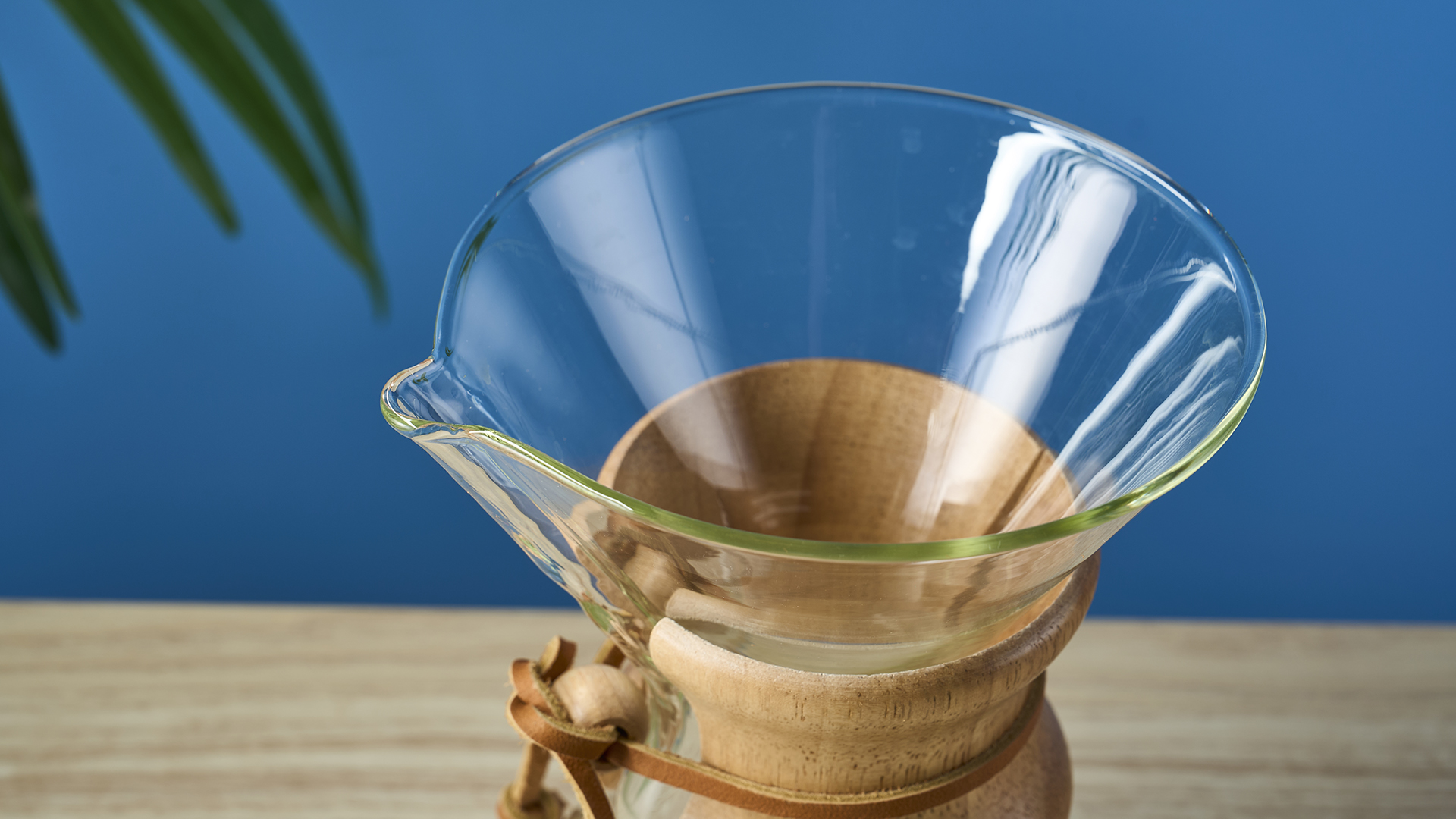
The V60 is just 4 inches tall, which makes it ideal to hide away in your kitchen cupboards after your morning cup of joe. The Chemex, however, is 8 inches, which makes it a little tricker to hide away. It does look jazzy enough that you could leave it on your kitchen countertop for the glitz and glam of it all, but then you’d be polishing those pesky fingerprints/marks off even more.
Here, the V60 is my winner, just because of how compact it is.
Hario V60 vs Chemex: The Winner
This is a tough call because the V60 and Chemex are different coffeemakers with different styles, filter papers, and coffee grind requirements. These are both excellent coffeemakers, especially if you’re wanting to experiment and customize your brewing experience. If your major concern is price, you'd be good with the V60.
If you are short on space, you like a more bitter coffee, or you’re just getting started in the world of specialty coffee, the V60 is your best bet. The most basic model is just $10 and the filters are $9.50, and then you can play around with your brewing process to find your ideal taste.
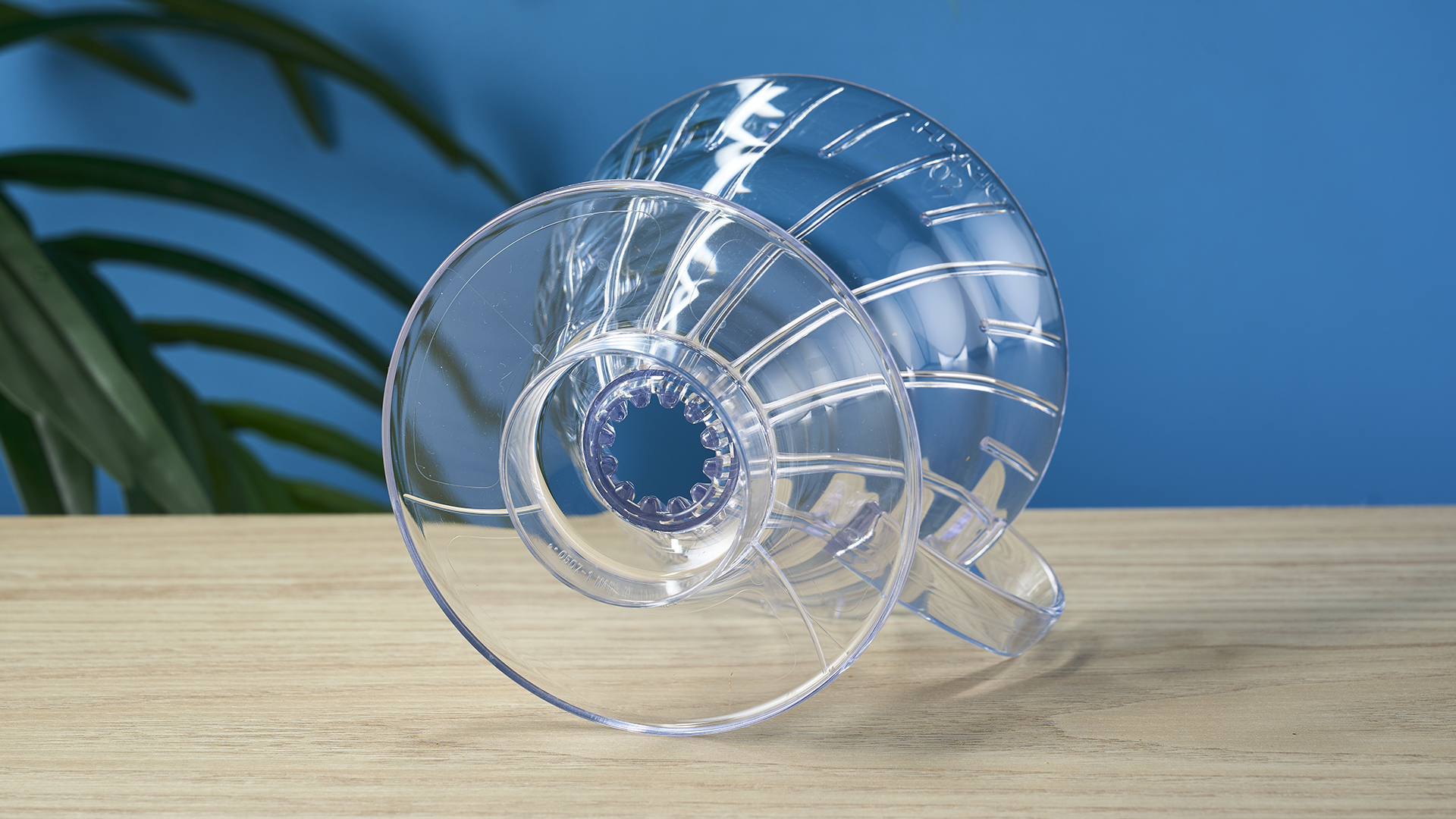
However, if you’re a bit of a coffee aficionado already, I think you should take the plunge and get the Chemex. I’m not sure if I believe that you’re a coffee aficionado who doesn’t already own a Chemex, but stranger things have happened. The Chemex is my winner here: I just love how fragrant and light the coffee’s flavor is. Without any milk or sugar, the Chemex’s flavor is just decadent.
All in all, your winner depends on what you like — if it was me, I’d be adding the Chemex to my cart right now.
Sign up to get the BEST of Tom's Guide direct to your inbox.
Get instant access to breaking news, the hottest reviews, great deals and helpful tips.

Erin Bashford is a staff writer at Tom’s Guide, covering reviews. She has a Masters in Broadcast and Digital Journalism from the University of East Anglia and 7 years of experience writing music, events, and food reviews. Now she’s turned her attention to tech for Tom’s Guide, reviewing everything from earbuds to garlic crushers. In her spare time you can find her reading, practising yoga, writing, or stressing over today’s NYT Games.
